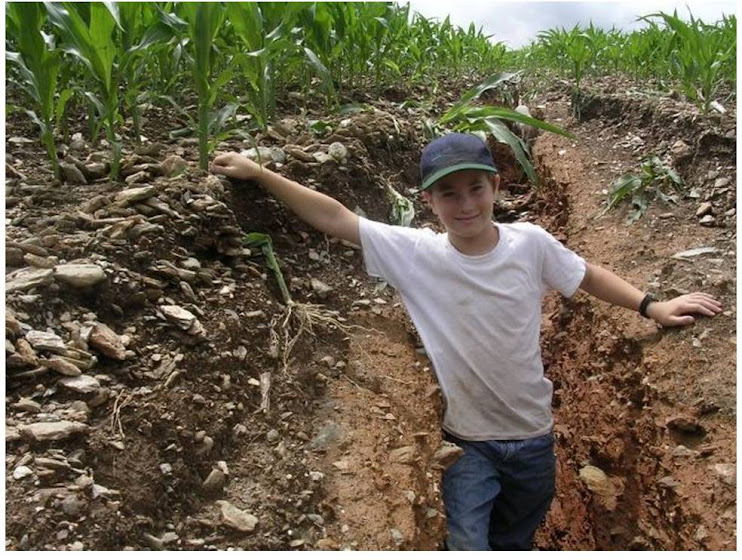Soil scientists work for federal and state governments, universities, and the private sector. Jobs involve data collection, on-site consultations, research, evaluation, planning or inspection as it relates to soil management and land-use. Some use aerial photos and satellite images to determine the characteristics of soils. Others need computer skills and geographic information systems (GIS) knowledge to study patterns in the landscape as they relate to geomorphology, topography, vegetation, and climate.
Soil scientists work in both the office and field.
A few examples of what their work involves are:
• Managing soil to prevent groundwater and surface water pollution.
• Managing soil for landscape design, mine reclamation, and site restoration.
• Investigating forest soils, wetlands, environmental endangerment, ecological status, and archeological sites.
• Conducting studies on soil stability, moisture retention or drainage, sustainability, and environmental impact.
• Assessing environmental hazards, including hazardous waste sites that involve soil investigation techniques, evaluation of chemical fate and transport phenomena, and remediation alternatives.
• Regulating the use of land and soil resources by private and public interests (government agencies).
• Advising land managers of capabilities and limitations of soils (e.g., timber sales, watershed rehabilitation projects, transportation planning, soil productivity, military maneuvers, recreation development).
• Managing soils for ecosystem health or agricultural production.
Did you know that .......?
......there is more life below the soil surface than there is above.
......1 tablespoon of soil has about 50 billion microbes.
......soil microbes have key roles in nutrient cycling.
......there are 5,000 to 7,000 different species of bacteria in one gram of soil.
......the total living matter in an acre of soil ranges from 5,000 to 20,000 pounds.
......earthworms eat soil to get the organic materials in it. The rest passes through them.
......each year, 15 tons of dry soil per acre pass through earthworms.
......about 42 centuries ago, the Chinese used a soil map to determine taxation amounts.
......soil provide 4,000 gallons of water to grow one bushel of corn; for wheat 11,000 gallons.
......soil is synonymous to the word ‘earth’, the word from which our planet derives its name.
......soil can holds 1,700 tons of water per acre, reducing the risk of floods.
......soils store 10% of global carbon dioxide emissions.
......1 tablespoon of soil has about 50 billion microbes.
......soil microbes have key roles in nutrient cycling.
......there are 5,000 to 7,000 different species of bacteria in one gram of soil.
......the total living matter in an acre of soil ranges from 5,000 to 20,000 pounds.
......earthworms eat soil to get the organic materials in it. The rest passes through them.
......each year, 15 tons of dry soil per acre pass through earthworms.
......about 42 centuries ago, the Chinese used a soil map to determine taxation amounts.
......soil provide 4,000 gallons of water to grow one bushel of corn; for wheat 11,000 gallons.
......soil is synonymous to the word ‘earth’, the word from which our planet derives its name.
......soil can holds 1,700 tons of water per acre, reducing the risk of floods.
......soils store 10% of global carbon dioxide emissions.



